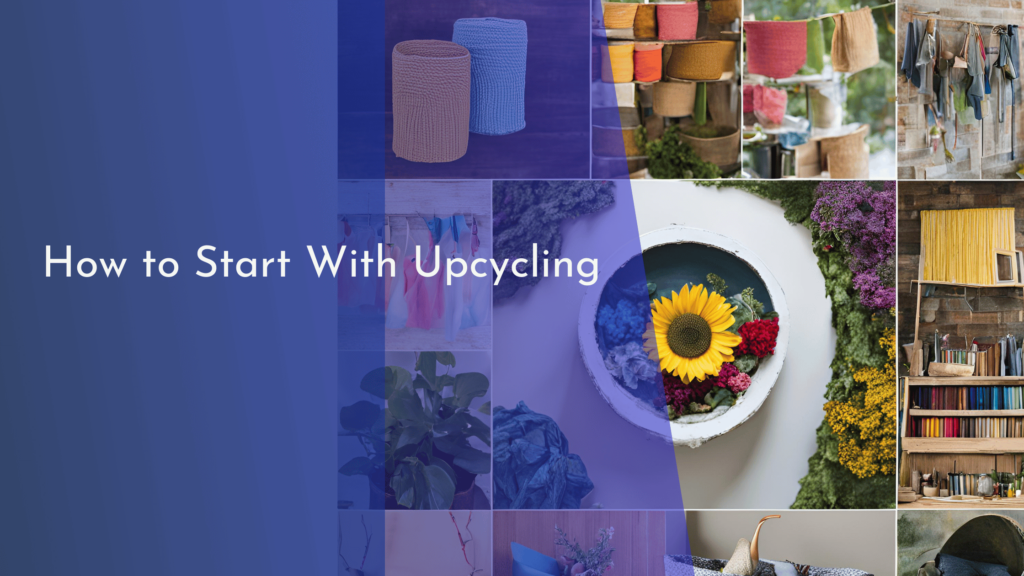How to Promote Sustainable Aquaculture Practices
Aquaculture, the cultivation of aquatic organisms such as fish, shellfish, and seaweed, plays a crucial role in meeting the global demand for seafood. However, traditional aquaculture practices can often lead to environmental degradation and resource depletion. As the world increasingly shifts towards sustainable development, promoting sustainable aquaculture practices has become more important than ever. This article explores various aspects of sustainable aquaculture, from understanding its basics to engaging communities and envisioning a greener future for the industry.
Understanding the Basics of Sustainable Aquaculture
Sustainable aquaculture aims to produce seafood in a way that maintains the health of aquatic ecosystems and minimizes environmental impacts. This involves careful management of resources, including water, feed, and energy, to ensure that aquaculture operations do not contribute to pollution or habitat destruction. Understanding these core principles is critical to adopting practices that align with environmental conservation and social responsibility.
One of the key components of sustainable aquaculture is maintaining the balance between production and environmental health. This involves implementing practices such as polyculture, where multiple species are farmed together, mimicking natural ecosystems and enhancing resource efficiency. Additionally, selecting species that are native or well-adapted to local conditions can reduce the need for external inputs and enhance the resilience of aquaculture systems. By grounding aquaculture practices in these principles, the industry can contribute to food security while preserving biodiversity.
Innovative Techniques for Eco-friendly Fish Farming
There are several innovative techniques that can make fish farming more sustainable and environmentally friendly. Recirculating aquaculture systems (RAS), for example, offer a closed-loop system where water is continuously filtered and reused, significantly reducing water usage and minimizing the risk of disease. These systems also allow for better control of environmental conditions, leading to healthier and more productive fish populations.
Integrated Multi-Trophic Aquaculture (IMTA) is another promising technique that involves cultivating species from different trophic levels in the same system. By using the waste products of one species as nutrients for another, IMTA creates a balanced ecosystem that reduces waste and maximizes resource use. For instance, fish waste can be used to nourish seaweed or shellfish, which in turn can help clean the water and provide additional revenue streams. These innovative approaches not only promote sustainability but also improve the economic viability of aquaculture operations.
Engaging Communities in Sustainable Aquaculture
Community involvement is crucial for the success of sustainable aquaculture initiatives. By educating local populations and stakeholders about the benefits and practices of sustainable aquaculture, communities can become active participants in preserving their aquatic resources. Workshops, training programs, and participatory research can empower communities with the knowledge and skills needed to implement sustainable practices effectively.
Moreover, involving communities in the decision-making process can foster a sense of ownership and responsibility towards aquatic ecosystems. Community-supported aquaculture models, where local consumers invest in and benefit from local aquaculture operations, can strengthen ties between producers and consumers. This not only promotes local economic development but also enhances the sustainability of aquaculture by ensuring that practices are aligned with community values and ecological health.
The Future of Aquaculture: A Sustainable Conclusion
The future of aquaculture lies in embracing technologies and practices that promote environmental stewardship and social equity. As consumer awareness and demand for sustainably produced seafood continue to grow, aquaculture operations must adapt by adopting transparent and certified sustainable practices. Innovations like blockchain technology can enhance traceability and accountability, assuring consumers of the sustainability of their seafood choices.
Looking ahead, the integration of sustainable aquaculture practices with broader environmental conservation efforts holds great promise. By collaborating with stakeholders from various sectors, including government agencies, NGOs, and the private sector, the aquaculture industry can contribute to global sustainability goals. The path to sustainable aquaculture is not just about preserving aquatic resources; it’s about ensuring that future generations can enjoy the bounty of our oceans and waterways.
Promoting sustainable aquaculture practices is not merely an environmental imperative; it is a pathway to a healthier planet and a more equitable society. By understanding the principles of sustainable aquaculture, embracing innovative techniques, and engaging communities, we can transform the industry into a model of sustainability. As we move forward, let us commit to nurturing our aquatic resources responsibly and ensuring that aquaculture remains a vital part of our global food system for years to come.


